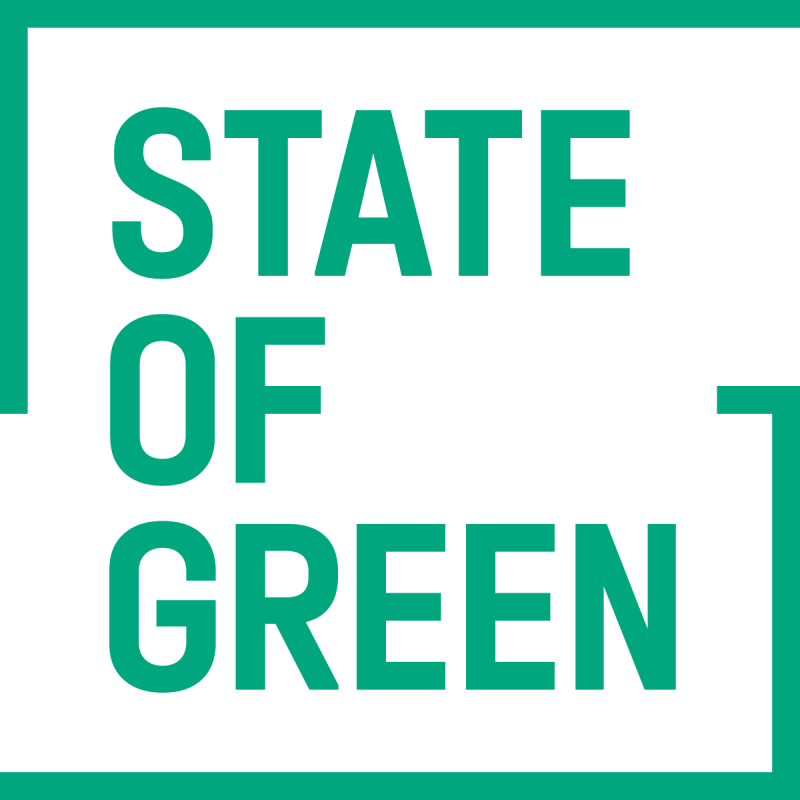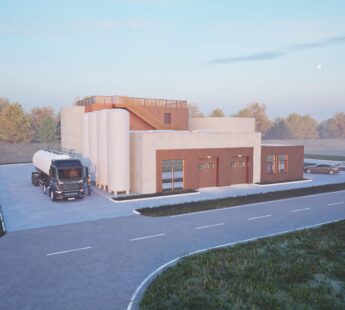The International Energy Agency (IEA) has identified energy efficiency as the most significant factor in achieving global CO2 reductions, with the potential to reduce emissions by 37 percent on the path to climate neutrality by 2050. Currently, energy efficiency represents the most financially viable solution for achieving these reductions. To unlock the full potential for decarbonisation, demand-side flexibility solutions for both buildings and industries optimise the use of electricity and heat, ensuring greater grid stability, higher shares of renewables, and savings in grid investments and maintenance.
At COP28 in 2023, an international target was set to double the average annual rate of energy efficiency improvements from two to four percent by 2030. Achieving this goal will require a combination of measures, including increased electrification, digitalisation, demand-side flexibility, conversion, storage and sector integration. Given that the necessary technologies and best-practice policies already exist, the target could be achieved cost-effectively if strong policy packages that include information, regulations and incentives to support investments in energy efficiency are adopted globally.
Smart building designs for balanced consumption
Technological innovations and thoughtful building design are crucial to enhancing energy efficiency in buildings, which account for 30 percent of global energy consumption, according to the IEA. Integrating renewable energy sources, such as solar panels and geothermal systems, directly into buildings boosts efficiency by generating clean energy onsite and minimising transmission losses. To ensure flexible and balanced consumption, Building Automation Systems (BAS) help control energy consumption by integrating various digital systems and optimising their operation for better efficiency. Regulatory measures that enforce standards for energy-efficient buildings and foster improvements through incentives should support ongoing innovation and adoption of best practices in building design and technology.
Utilising excess heat from industrial processes
Electrifying industrial processes and heating, for example, by using heat pumps to replace fossil fuels, can significantly improve efficiency and reduce the carbon footprint of energy-intensive industries. It is essential to harness any excess heat from sources such as wastewater, industrial processes, or data centres, using it onsite and ensuring that any remaining heat is transported, stored or converted into valuable energy in the future integrated energy system.


















